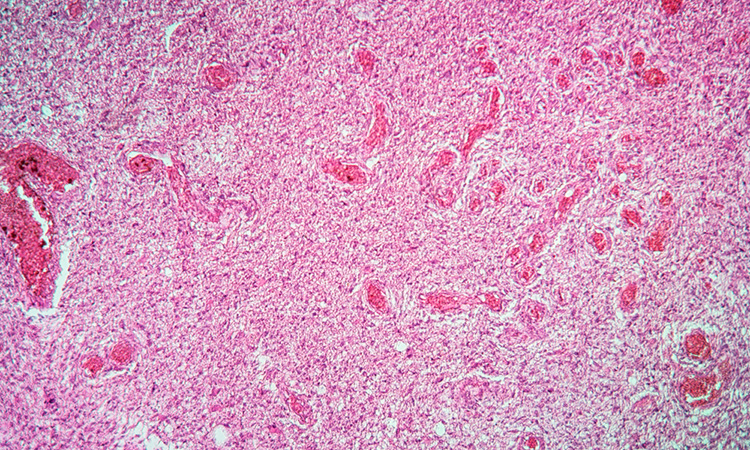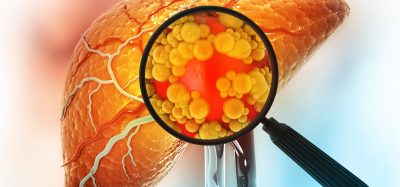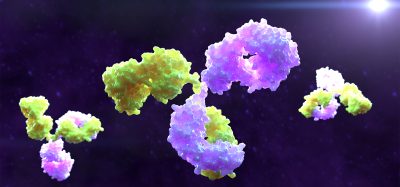New drug combination could combat Diffuse Intrinsic Pontine Glioma
Posted: 17 February 2021 | Victoria Rees (Drug Target Review) | No comments yet
The drug combination of difluoromethylornithine and AMXT 1501 has shown success against Diffuse Intrinsic Pontine Glioma in animal models.


A new study has revealed a potential revolutionary drug combination that – in animal studies and three-dimensional (3D) models of Diffuse Intrinsic Pontine Glioma (DIPG) – is “spectacularly effective in eradicating the cancer cells,” according to lead researcher and paediatric oncologist Associate Professor David Ziegler, from the Children’s Cancer Institute and Sydney Children’s Hospital, Australia.
In pre-clinical testing in mouse models, the researchers found that the promising drug combination led to survival in two thirds of the mice and that the drug combination completely halted growth of these highly aggressive tumours in these mice.
Importantly, the drug therapy, which is currently in early trials in adult cancer, is the most effective treatment ever tested in laboratory models of this incurable childhood cancer. The treatment is a combination of two drugs: difluoromethylornithine (DFMO), an established drug and AMXT 1501, an investigational agent being developed by Aminex Therapeutics.
Biomarkers aren’t just supporting drug discovery – they’re driving it
FREE market report
From smarter trials to faster insights, this report unpacks the science, strategy and real-world impact behind the next generation of precision therapies.
What you’ll unlock:
- How biomarkers are guiding dose selection and early efficacy decisions in complex trials
- Why multi-omics, liquid biopsy and digital tools are redefining the discovery process
- What makes lab data regulatory-ready and why alignment matters from day one
Explore how biomarkers are shaping early drug development
Access the full report – it’s free!
DFMO works by targeting the polyamine pathway – an important mechanism that allows tumour cells to grow.
The team used tumour cells donated by the parents of children who have passed away from the disease. From these, they created the first laboratory models of the tumour in order to test new drugs. These models have been used to show that DIPG can bypass the activity of DFMO by pumping polyamines into the cancer, essentially allowing the tumour to continue growing despite treatment with DFMO. They have now made the breakthrough discovery that treatment with a new developmental drug, AMXT 1501, potently blocks the transport of polyamines into the DIPG cancer cell.
Treatment with AMXT 1501 was found to re-sensitise DIPG cells to DFMO leading to a robust response in animals models with minimal toxicity.
The study was published in Nature Communications.
Related topics
Cell Cultures, Drug Development, In Vitro, In Vivo, Oncology, Target Validation, Toxicology
Related conditions
Diffuse intrinsic pontine glioma (DIPG)
Related organisations
Children's Cancer Institute, Sydney Children's Hospital
Related people
Associate Professor David Ziegler








